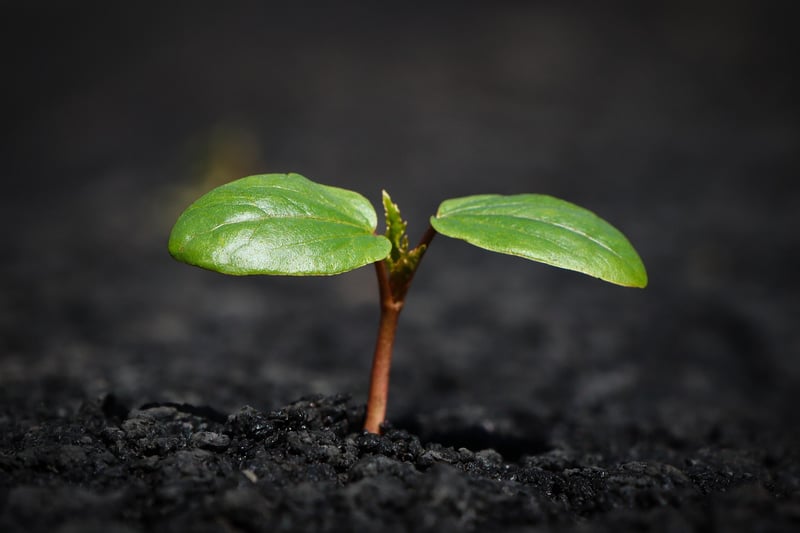Soil Health
The Ultimate Guide to Ensuring Plant Vitality and Soil Health
Introduction
Ensuring the vitality of your plants and the health of your soil is essential for a thriving garden or landscape. By following a few key practices, you can create an environment that promotes plant growth and overall ecosystem health.
1. Choose the Right Plants
Start by selecting plants that are well-suited to your local climate, soil type, and sunlight conditions. Choosing native plants is often a good option as they are adapted to the local environment and require less maintenance.
2. Proper Watering
Watering is crucial for plant health, but it's essential to water efficiently. Make sure to water deeply but infrequently to encourage deep root growth. Consider using a drip irrigation system to provide water directly to the roots.
3. Soil Testing and Amendment
Regular soil testing can help you understand the nutrient levels and pH of your soil. Based on the results, you can amend the soil with organic matter, compost, or specific fertilizers to ensure optimal plant growth.
4. Mulching
Applying mulch around your plants helps retain moisture, suppress weeds, and improve soil structure. Organic mulches like wood chips or straw also decompose over time, adding nutrients to the soil.
5. Composting
Composting kitchen scraps and yard waste is a great way to create nutrient-rich soil amendment for your plants. Compost improves soil structure, adds essential nutrients, and promotes beneficial microbial activity.
6. Integrated Pest Management (IPM)
Implementing IPM practices involves using a combination of biological, cultural, and physical controls to manage pests while minimizing the use of chemical pesticides. This approach helps maintain a healthy ecosystem in your garden.
7. Crop Rotation
Rotating crops in your vegetable garden can help prevent soil-borne diseases, improve soil fertility, and break pest cycles. Different plants have different nutrient needs, so rotation can also help maintain soil health.
Conclusion
By implementing these practices, you can ensure the vitality of your plants and the health of your soil, creating a sustainable and thriving garden environment. Remember to observe your plants regularly, make adjustments as needed, and enjoy the beauty of a well-nourished garden.


